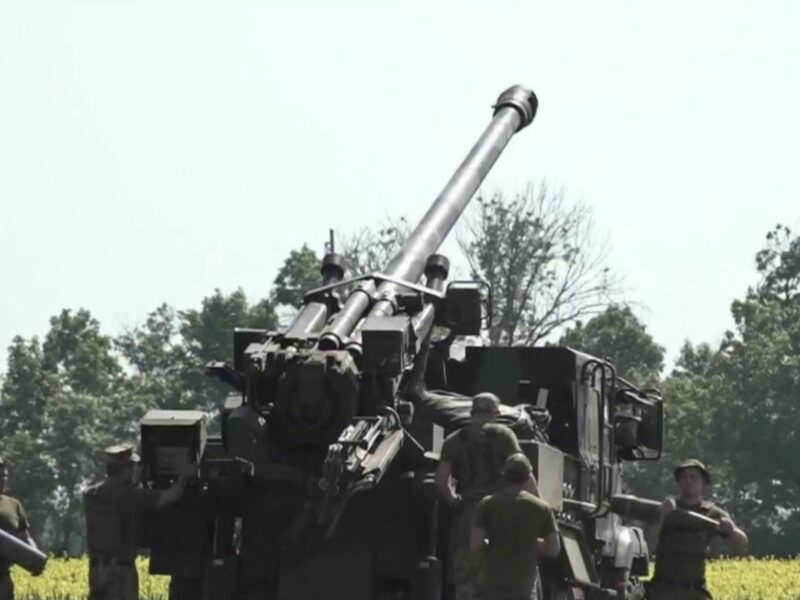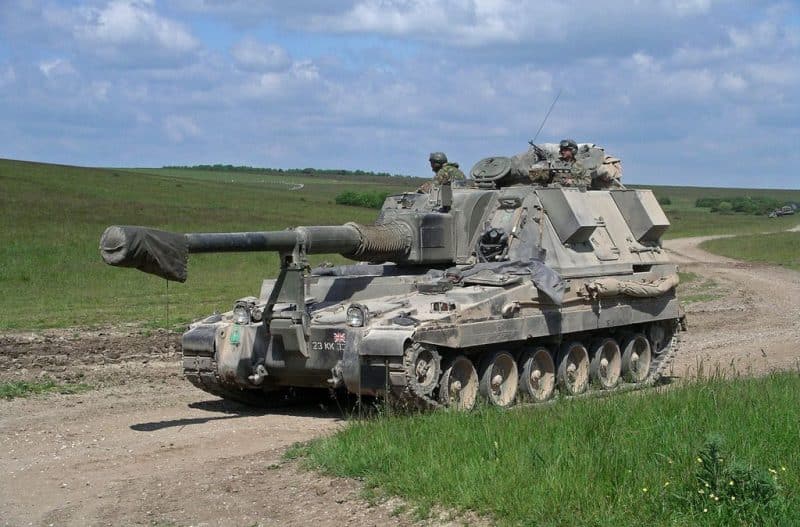The lessons of the war that has been going on in Ukraine for almost a year are numerous, and relate to almost all military action. But the most flagrant, or rather the one that has generated the most rapid change in posture within European armies since that date, is none other than the central role which once again falls to the artillery in this type of engagement. While the Ukrainian and even Russian air forces have been neutralized by the omnipresence of anti-aircraft defence, while the stocks of precision ammunition tend to run out much faster than the adversary, and while the use of drones offers new opportunities to detect and strike the opposing forces, the capacities of the new artillery systems have in fact made this weapon the pivot of the action both on the front line and in the depth of the opponent's device.
Unfortunately for European armies, artillery has been, precisely, one of the most neglected weapons in the last 3 decades for Western armies, with a much faster decrease in the number of tubes than in the forces to be supported, but also ammunition stocks as well as industrial production capacities. Thus, while Ukraine fires 3000 155/152mm shells every day, the joint daily production of Europeans and Americans in this field does not reach half of this volume. Similarly, the French Army, which nevertheless has an almost centuries-old tradition of the use of artillery, today only has about a hundred "tubes" (guns and howitzers) in service, of which around thirty AuF1 self-propelled guns dating from the Cold War, and only 59 CAESAR guns after donating 18 to Ukraine. In terms of long-range artillery, it can only rely on 7 effectively operational unit rocket launchers, equivalent to HIMARS, to support a force that can potentially reach a division.

The situation is substantially the same for most European armies, as is the case for the British Army. Indeed, this one aligns, today, only a theoretical fleet of 89 AS-90 self-propelled guns, a tracked 155mm howitzer under casemate of 39 caliber, whose range does not exceed 25 km; as well as a hundred light towed howitzers L118 of 105 mm carrying at best only 20 km, equipment at the same time less powerful and considerably more vulnerable than the modern systems like Caesar or Pzh2000 armed with tubes of 52 calibers, and reaching 40 km, even more than 50 km with specialized shells. The only modern up-and-coming capability for the British Army so far relies on upgrading its 29 Guided Multiple Launch Rocket System (GMLRS) multiple launch rocket systems, to enable them to hit targets up to 150km away. 2025. For Defense Secretary Ben Wallace, speaking in the UK parliament on January 16, it is now urgent to modernize at a forced march this essential artillery on modern high intensity battlefields.

The rest of this article is for subscribers only
The Classic subscriptions provide access to
all articles without advertising, starting at € 1,99.
Newsletter subscription
Register for the Meta-Defense Newsletter to receive the
latest fashion articles daily or weekly


[…] […]
[…] to compensate for the numerical superiority of the Russian artillery. During this speech, Ben Wallace promised to carry out the Mobile Fires Platform program, which was initially to rem…, especially since London had promised Kyiv the next delivery of 30 AS90s. Besides, […]